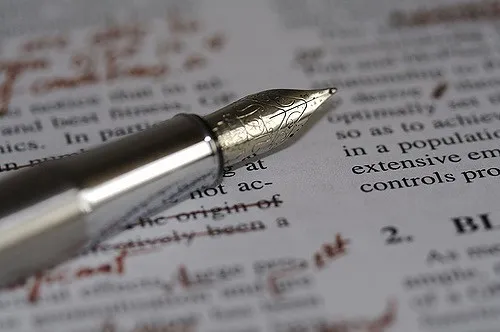Beginners guide to editing

For starters, there’s editing and editing. And editing. Three forms really: substantive, copy and proofing.
For most clients, ‘editing’ means copy editing. That is, reading through a document and checking that it makes sense and reflects what the writer probably meant. Copy editing involves checking spelling, grammar, punctuation, facts and meaning.
Substantive editing is when you take a metaphorical step back and examine the structure of the piece. Would the reader be better served by having the section on John Dalton and his development of atomic theory come before the work of Democritus?
Proof reading entails checking a document after layout to ensure that nothing outlandish has occurred.
One of the rules of editing – and that’s all editing is, rules – is to be consistent. If the text says ‘colour’ in the first par, it will look sloppy to subsequently see a reference to ‘coloring’. Even better than being consistent, is being consistently correct. The Australian Style Manual (published by Wiley in 2002) is the authoritative reference. Using a style manual and compiling a list of spelling and capitalisation as you work will help obtain that consistency.
Ideally you will have a fresh pair of eyes read over and edit anything that you write for publication. It’s difficult to check your own work as you will tend to see what you meant be there rather than what is actually printed. And, yes, I deliberately missed ‘to’ in the previous sentence just to keep you on your toes.
If you are going to check your own writing – and you should before your editor/friend/colleague does – print it, as reading on screen seems to do something odd to your ability to spot errors. I’m sure there is research somewhere to support my theory. Then go off and do something else – ideally for at least 24 hours before you take up red pen and paper.
Your software will give you some assistance. Those red squiggly lines are appearing on your screen for a reason. But don’t be lead solely by a word processor. Microsoft Word, for example, didn’t spot my incorrect spelling of ‘led’ in the previous sentence.
Finally, consider hired help or training. There are few better than Biotext’s Malini Devadas and Karen Pearce, who kindly cast her astute editorial eyes over this article.
I recommend Grammar Girl for entertaining erudition.
Date Posted:
November 2, 2015
